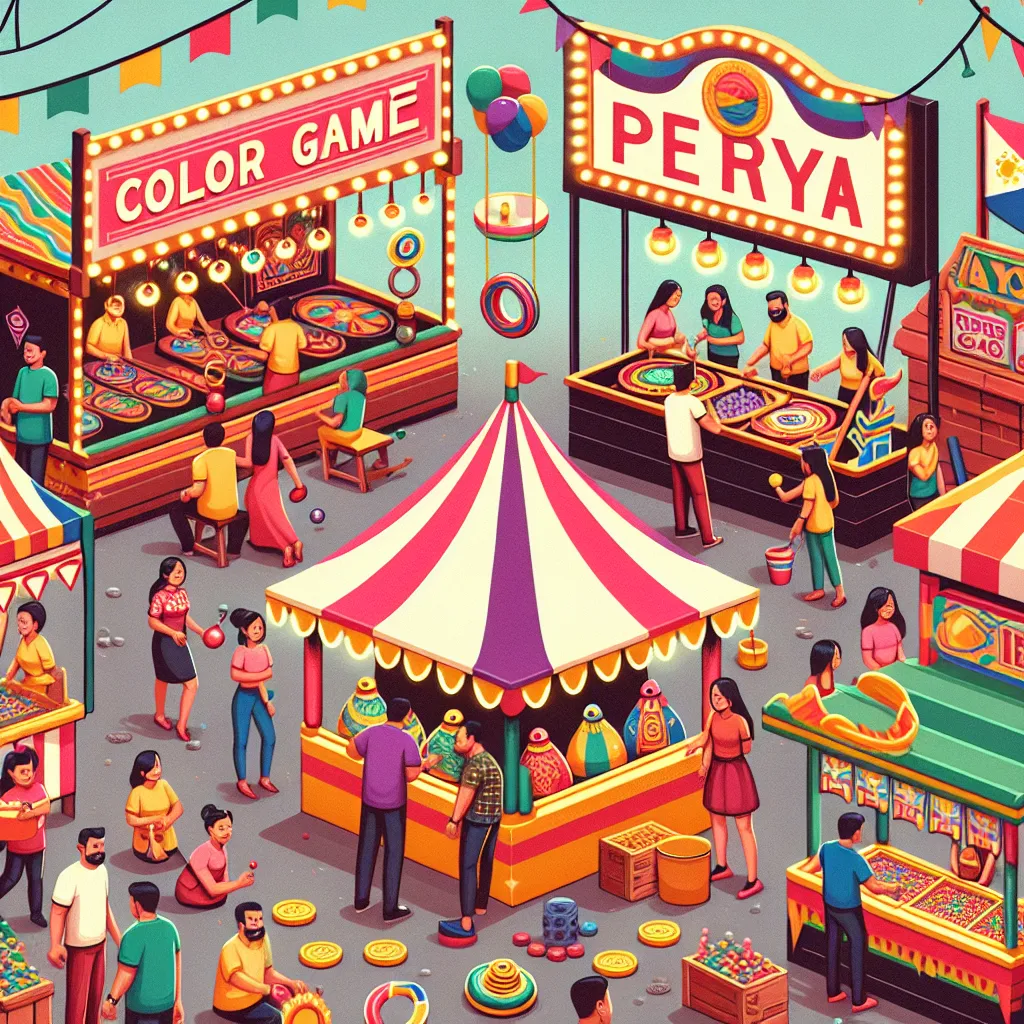In the lively streets and public squares of the Philippines, during fiestas and special occasions, a colorful and spirited facet of Filipino culture is on full display: the perya game. These games are a staple of Filipino carnivals, or “perya,” reflecting both the country’s love for communal celebrations and its rich tradition of informal recreations. Through this article, we delve into the cultural significance, historical evolution, and the modern-day adaptations of perya games in the Philippines.
Perya refers to itinerant carnivals that set up temporarily during local festivals and events. They are usually characteristically marked by a mixture of games, amusement rides, food stalls, and shows. However, the heart of any perya is undeniably its games, which range from simple amusements to challenging tests of skill and chance. They evoke a sense of nostalgia and community among participants and spectators alike, forming an essential part of the Filipino cultural tapestry.
A typical perya encompasses a myriad of games such as the ring toss, balloon darts, and shooting galleries. One particularly popular game is the “Color Game,” where players place their bets on different colors, hoping the dice or wheel lands on their chosen hue. These games are often simple yet captivating, engaging participants with the promise of fun and potential winnings. The rewards usually include a variety of prizes, from small trinkets to larger cash rewards.
Traditionally, perya games were purely mechanical and handcrafted, reflecting the Filipino penchant for resourcefulness and ingenuity. Operators crafted these games from readily available materials, creating an atmosphere of charm and authenticity. Over time, while retaining their traditional appeal, perya games have expanded to include electronic iterations, with some even incorporating digital interfaces to attract the younger, tech-savvy crowd.
The perya games, while predominantly seen as innocent fun, often stir debates regarding their gambling-like elements. The reliance on luck and betting often blurs the lines between simple amusement and gambling, raising ethical and social concerns. In response, regulations around perya games differ widely across the country, influenced by local attitudes toward gambling. In some areas, strict regulations are enforced to curb potential gambling issues, while others adopt a more relaxed stance, prioritizing cultural preservation over regulatory oversight.
Despite these concerns, perya games offer substantial social and economic benefits. Economically, they provide livelihoods, not only for game operators but also for the vendors and local small businesses that thrive during these events. Many perya operators are family-run, passing down the tradition from generation to generation, and embody a vibrant part of the local informal economy.
Socially, perya games play a crucial role in fostering community interactions. They act as focal points for gatherings, attracting people across age groups and social strata. These games bring people together in a shared experience, strengthening communal ties and enhancing the social fabric of towns and neighborhoods. Through perya games, the Philippines honors a sense of community and shared cultural identity, making them a cherished element in Filipino life.
Looking ahead, the evolution of perya games continues to blend traditional practices with modern innovations. As they adapt to changing times, preserving the cultural essence while ensuring ethical standards will be pivotal. Technological advancements can enhance the experience while safeguarding traditional values, allowing perya games to remain relevant and cherished by future generations.
In conclusion, perya games are more than just carnival entertainments; they are a vibrant embodiment of Filipino culture, community, and creativity. They capture the spirit of celebration and camaraderie that is intrinsic to Filipino society, ensuring that perya games will remain an enduring and beloved tradition in the Philippines’ cultural landscape.




